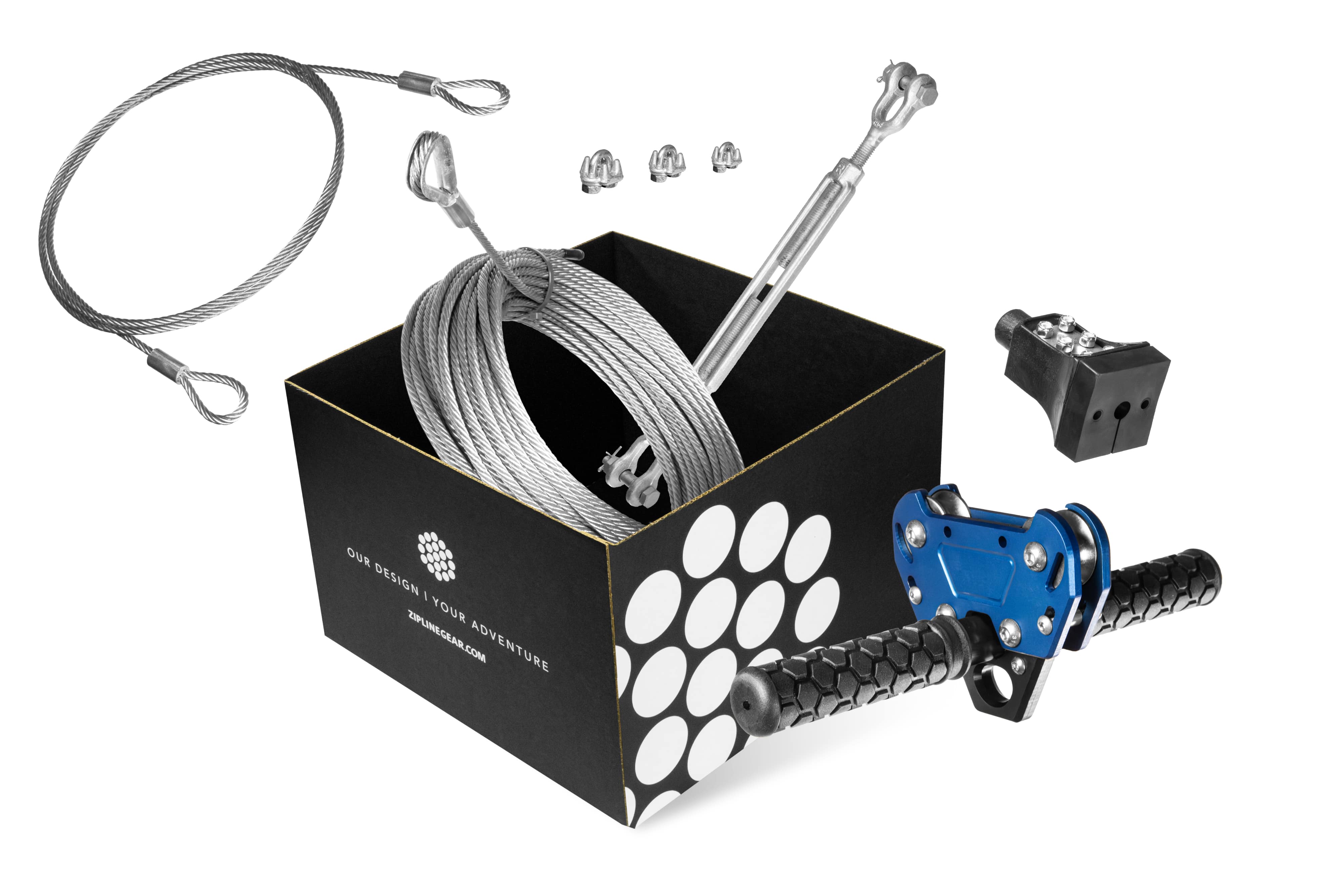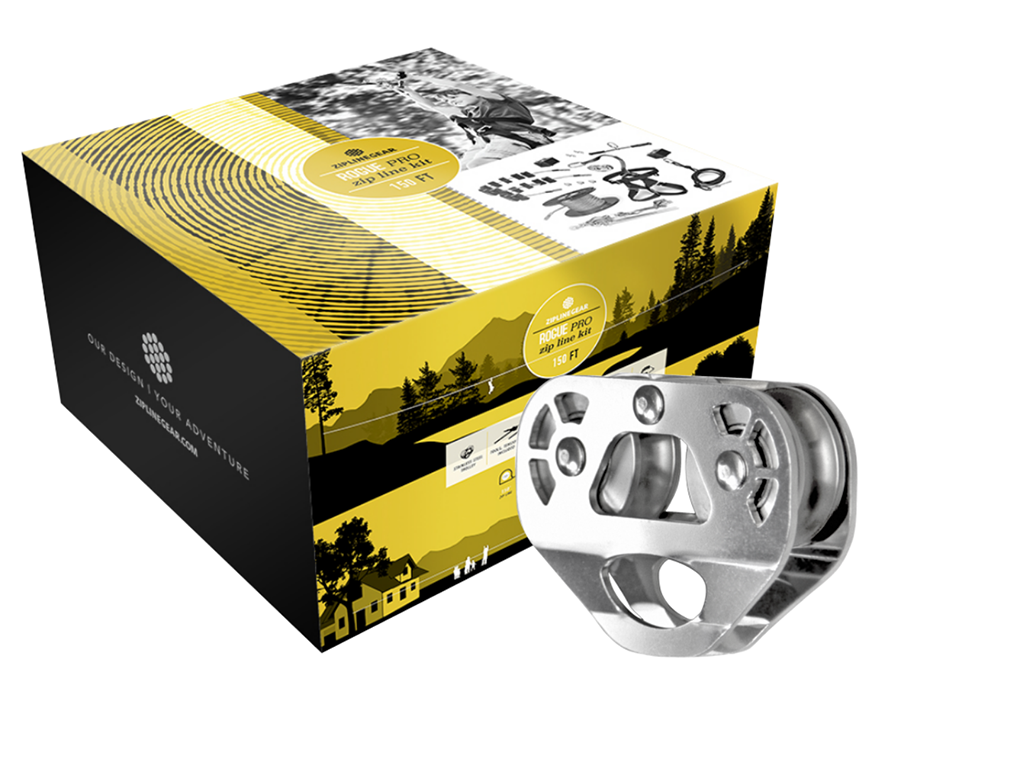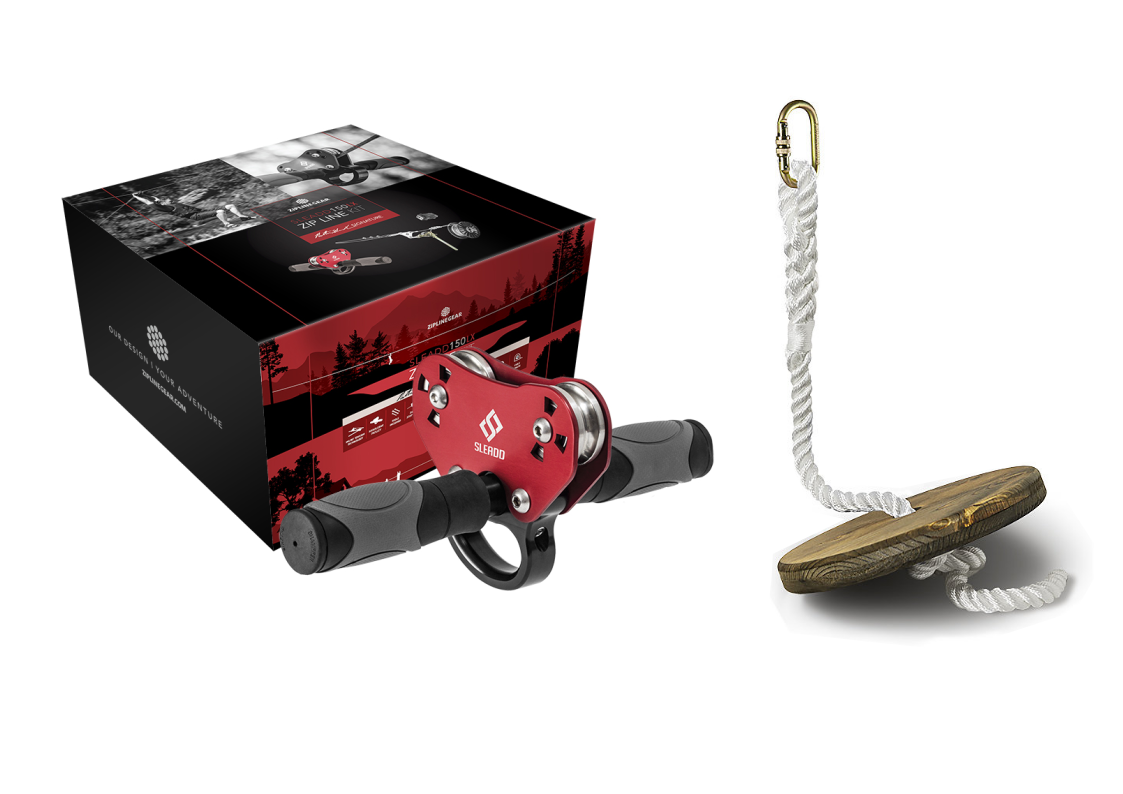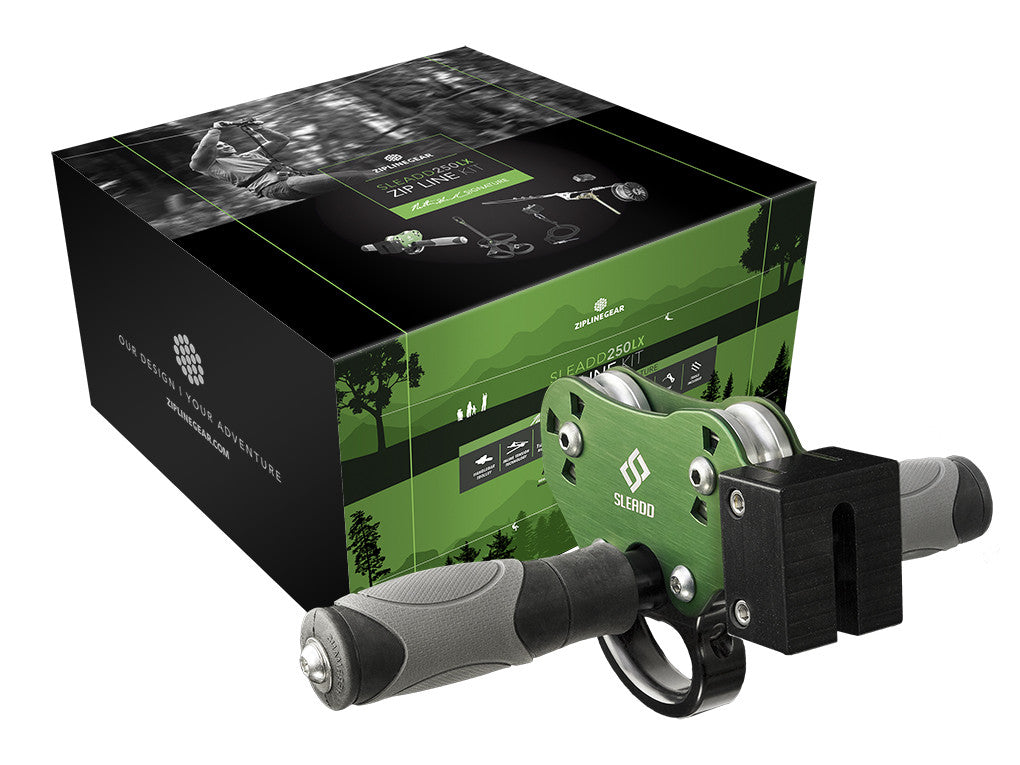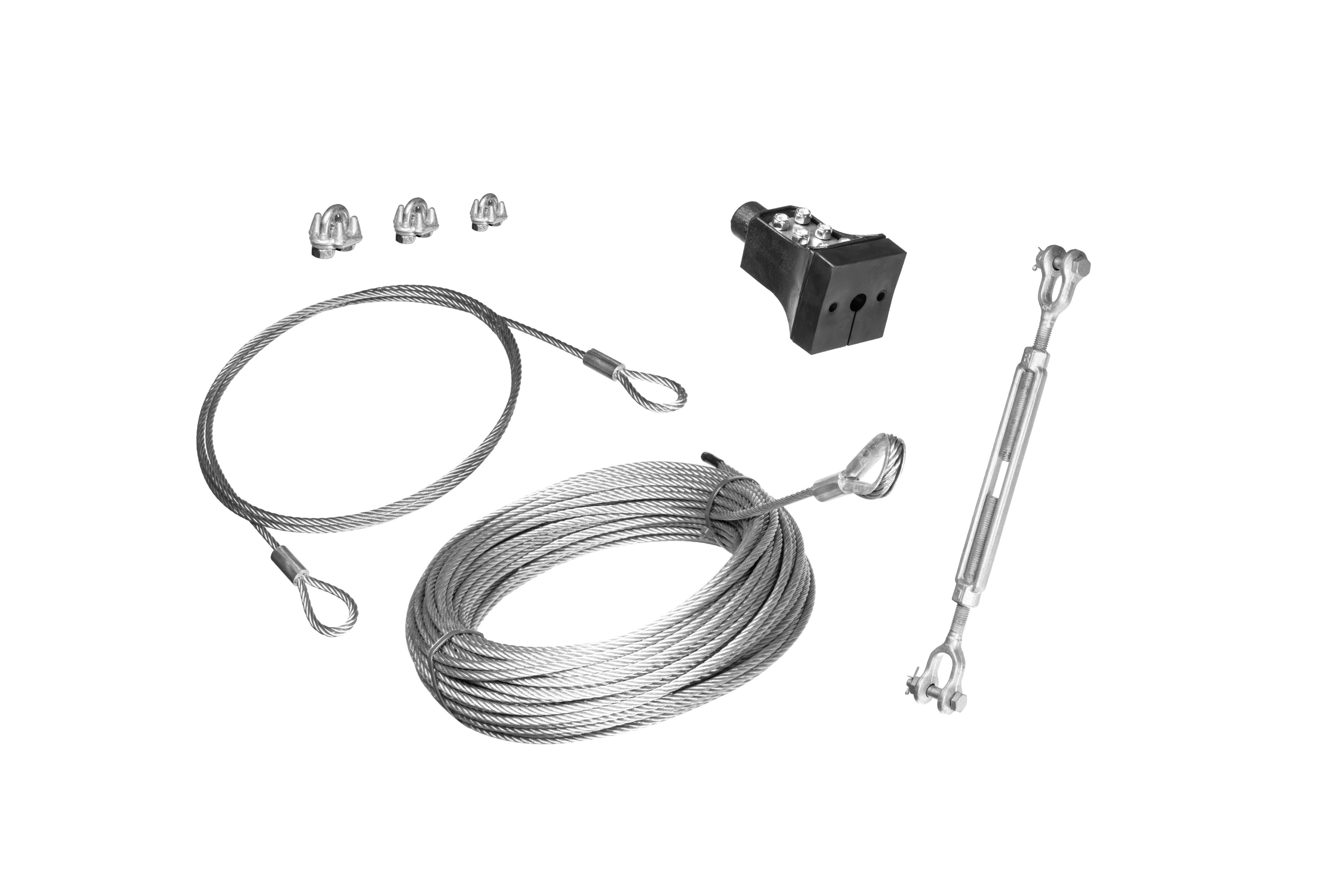Zip Line Tension
Cable tension can be a large factor in the installation and performance of a zip line. It affects the speed and altitude of the rider, as well as the amount of strain the zip line puts on the anchor trees or poles when loaded.
Speed:
A zip line with a higher cable tension can start slowly but will accelerate throughout the ride and maintain speed through to the end. Think of a marble rolling down an inclined board; slow at first, accelerating to the end.
A zip line with lower cable tension will start faster, but can easily run out of speed towards the end. Think of a marble dropped into a large bowl; starting out quickly as it drops into the low point, but slowing down as it has to travel uphill over the second half.
If your zip line ride as a whole is a bit slow, tightening your turnbuckle just might do the trick. If it’s running a little fast and you have some room to adjust, try giving it some slack.
Altitude: The tension of a zip line cable directly affects the height at which a rider will travel above the ground. Tighten a cable to get them a little higher, give it slack to bring them lower. Keep in mind that height adjustments on your anchor point can also raise or lower the rider’s path.
Anchor Strain: A rider’s weight can be multiplied several times when placed on a horizontal cable between two anchors, and this effect increases with higher cable tension. Be sure your anchors are sufficient to withstand the sheer loads, and follow your installation guidelines carefully to prevent over-tensioning your cable. A good rule of thumb is to make sure your cable (while being ridden), hangs below the ending anchor by about 2% of the zip line’s length. So the trolley on a 100’ zip line should be, at its lowest point, about 2’ lower than where the cable is anchored on the lower end.
Achieving Tension: For most zip lines 100’ or more in distance, achieving proper cable tension by hand can be a real challenge. We recommend using a come-along or a similar type of winch to crank your zip line tight. A winch or ratchet device can be attached to a small loop at the end of your cable and pulled around your anchor until tight, or a Cable Grab can be used to pull the cable directly up to the tree for anchoring. Adjustments can be made using the Turnbuckle included with most zip lines; otherwise the original winch can be hooked back up to alleviate tension on the anchor while adjustments are made.
Check out our tensioning kit that works great for backyard zipline installations.
shop tensioning kit how to use tensioning kit
View the Tensioning Kit User Guide.

How tight should my zip line be? Youtube video
- Choosing a selection results in a full page refresh.
